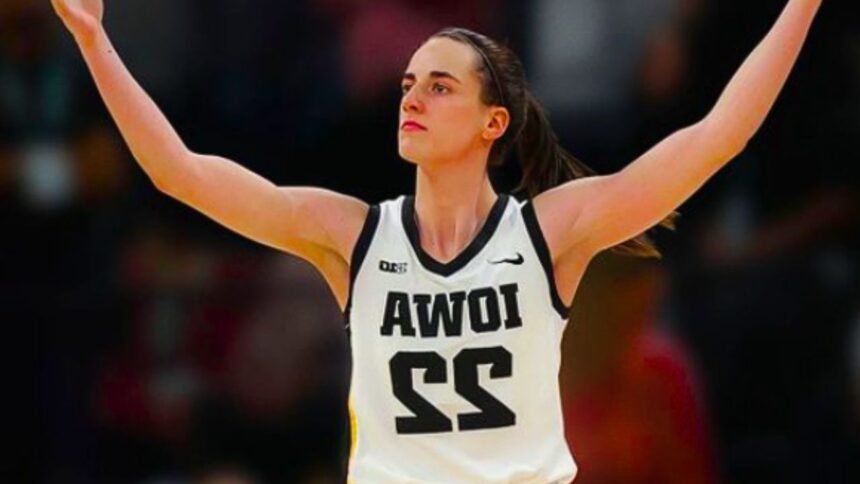In the domain of elite athletics, the progress from school to the major associations is in many cases set apart by both energy and examination. This progress was the same for Caitlin Clark, the electrifying NCAA ball star who as of late left on her expert process with the Indiana Fever in the WNBA. As the primary by and large pick in the 2024 draft, Clark’s appearance was met with extraordinary expectation, yet it was the subtleties of her agreement that started a warmed discussion across the brandishing scene.
With a four-year contract esteemed at $338,056, Clark’s entrance into the expert positions caused a stir and lighted conversations about orientation pay variations in sports. Examinations immediately arose, especially in regards to the remuneration of WNBA players versus their NBA partners. The unmistakable reality became apparent: notwithstanding her irrefutable ability and attractiveness, Clark’s income missed the mark regarding even the most minimal paid NBA player.
https://t.co/hqF3Oq155B pic.twitter.com/Q5cmWaMz9c
— Spotrac (@spotrac) April 15, 2024
Mouhamed Gyueye, a freshman with the Atlanta Birds of prey, remains as the ongoing benchmark for the least paid NBA player, flaunting a tenderfoot arrangement worth $7.6 million. Conversely, Clark’s underlying agreement could not hope to compare, featuring the glaring hole in profit among male and female competitors. This juxtaposition highlights more extensive issues of orientation disparity inside the domain of elite athletics, an issue that keeps on requesting consideration and activity.
The dissimilarity in profit isn’t lost on competitors and promoters the same. Figures, for example, NFL star Russell Wilson and WNBA champion Kelsey Plum have voiced their help for evenhanded remuneration, stressing the significance of fair treatment and acknowledgment for female competitors. The call for equality reaches out past simple numbers; it addresses the central standards of reasonableness and regard inside the brandishing local area.

Clark’s excursion from university fame to the expert positions fills in as a demonstration of her versatility and assurance even with foundational challenges. Notwithstanding the snags she faces, Clark stays an encouraging sign and motivation for trying competitors, testing laid out standards and preparing for an additional evenhanded future in sports.
As the discussion seethes on, one thing stays clear: Caitlin Clark’s effect rises above the limits of the b-ball court. Her story reverberates with avid supporters as well as with any individual who advocate the quest for correspondence and equity. In our current reality where titles frequently center around debate and struggle, Clark’s process remains as a sign of the force of diligence and the potential for change.




